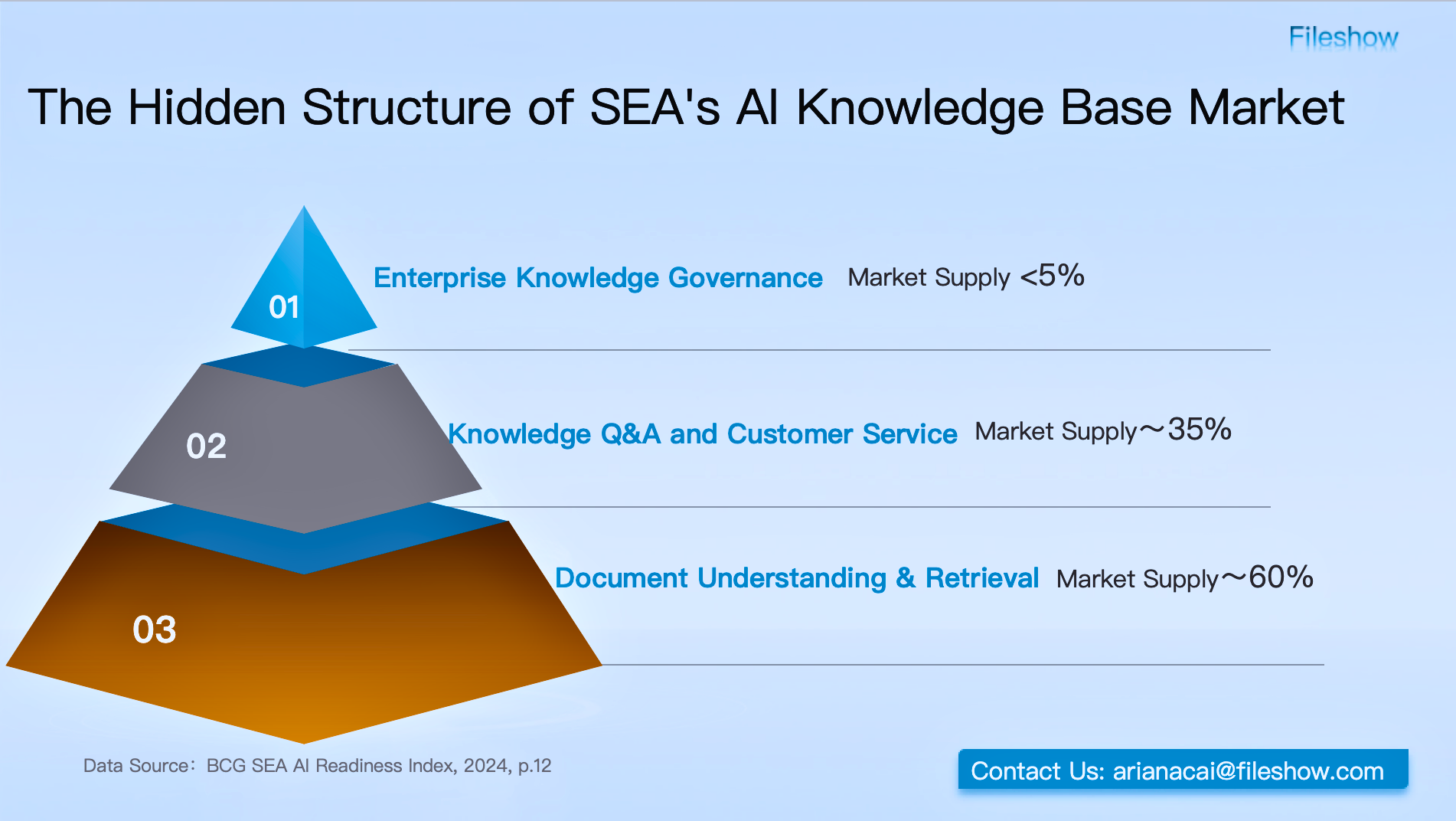Unlocking Value from Unstructured Data: A Strategic Pathway Through Core Challenges
In today's era of digital-driven growth, over 80% of corporate data resides in unstructured formats—from R&D blueprints and office documents to marketing images, production line videos, and audio recordings. While these vast, heterogeneous, and dynamic "dark data" assets represent a new frontier of productivity, they also pose significant management challenges: exponential volume growth leads to uncontrolled storage costs; format complexity impedes efficient identification and analysis; traditional architectures struggle to support low-latency processing; and security and compliance risks persist. According to Gartner, organizations failing to manage unstructured data effectively lose approximately 15% in potential business insights and waste 30% of storage investments annually. The solution lies in constructing a dual-dimensional value pathway integrating technological empowerment with strategic design.
I. Resolving Core Challenges: A Paradigm Shift in Technical Architecture
To address the inherent complexity of unstructured data, a fundamental restructuring of the management framework is essential:
-
A Unified Data Engine: The Foundation of Hyper-Converged Capability
Hyper-converged architectures combining distributed storage and computing are becoming the standard, supporting exabyte-scale expansion, multi-protocol access (NFS/S3/HDFS), and intelligent tiering for hot, warm, and cold data. The key breakthrough lies in building a foundational platform with "storage-compute separation" and "unified multi-modal ingestion and management" capabilities. This enables seamless integration of diverse data types (documents, images, audio/video) into a single, physically unified storage pool, significantly reducing management overhead and long-term Total Cost of Ownership (TCO). -
Metadata Capitalization: The Central Nervous System for Intelligent Recognition
Unlocking the value of unstructured data hinges on an intelligent metadata framework. Leveraging multi-modal AI engines (NLP, Computer Vision, ASR), organizations can deeply extract textual semantics, image features, and audio/video content tags, constructing a multi-dimensional label graph encompassing both technical attributes and business context. By treating metadata management as a core strategic asset, companies can achieve full data lineage visibility and application traceability.
II. The Value Realization Pathway: From Foundational Capabilities to Scenario-Driven Outcomes
True data value realization follows a logical capability maturity model, avoiding the trap of "technology first, use case second":
-
Foundation Building (6-12 months):
Establish a unified access layer across systems and an integrated data lakehouse foundation, prioritizing the resolution of data silos and compliant backup. Implement automated classification and tiering engines to reduce storage redundancy (case studies show 25-40% cost reduction) and build a baseline metadata repository to pave the way for intelligence. A phased pilot approach within a single business domain is recommended to validate the technology stack. -
Scenario Integration & Efficiency Gains (12-24 months):
Focus on building vertical solutions for high-ROI scenarios. In R&D management, for instance: integrate PLM system design files, simulation data, and experimental videos to enable automatic version association, cross-disciplinary collaborative review, and intelligent patent knowledge base recommendations. The core of this phase is establishing a closed-loop validation mechanism connecting "business pain points - data tools - benefit measurement," ensuring technological investments are directly linked to commercial value.
Unstructured data management has transcended a purely technical concern, evolving into a strategic organizational competency. In designing this pathway, enterprises must not only develop technological prowess through distributed architecture and multi-modal AI but also simultaneously establish a sustainable transformation mechanism linking "business scenarios - data assets - value realization." When an organization can consistently transform contract text into risk control barriers, production line videos into process optimization parameters, and customer service recordings into experience blueprints, the truly data-driven enterprise is born. This is not merely an advancement in IT infrastructure, but a fundamental reconstruction of competitive advantage in the intelligent age.

